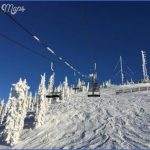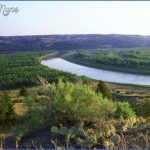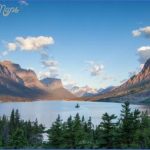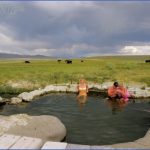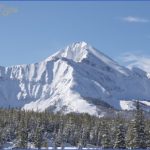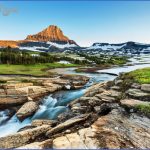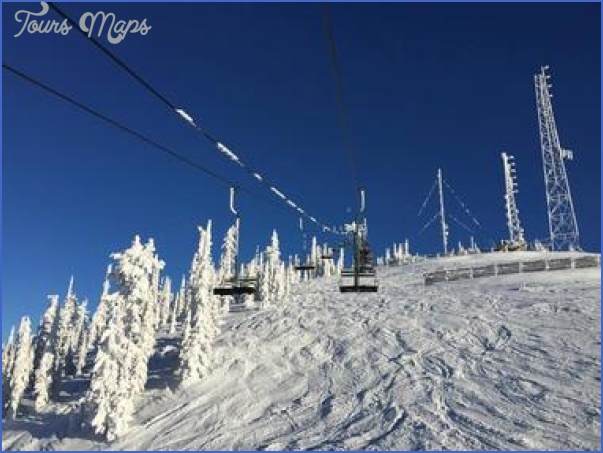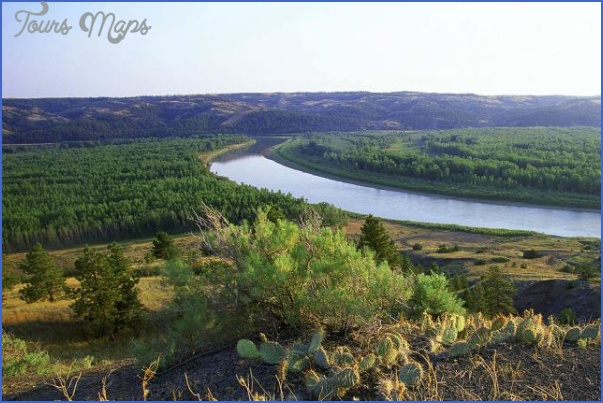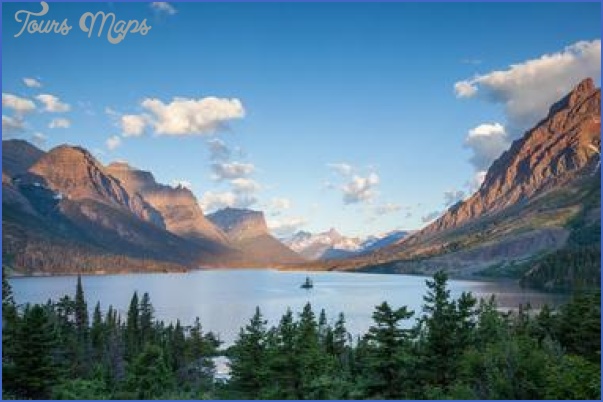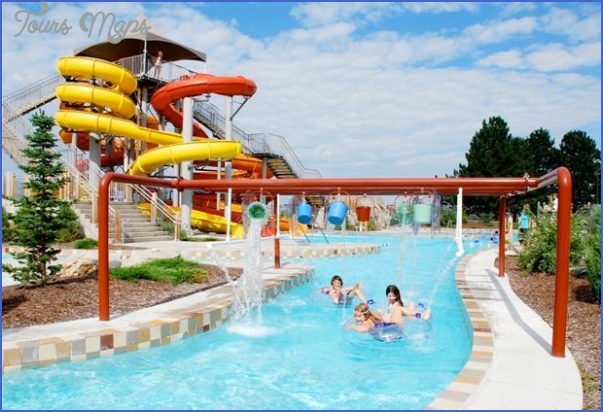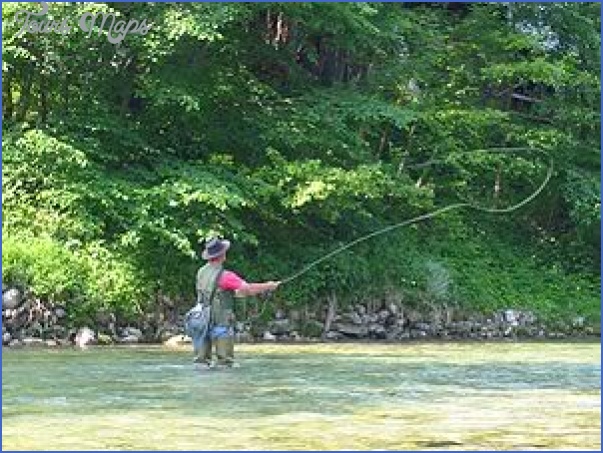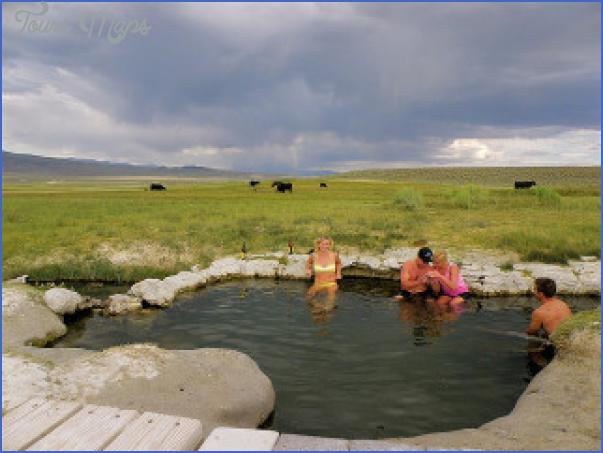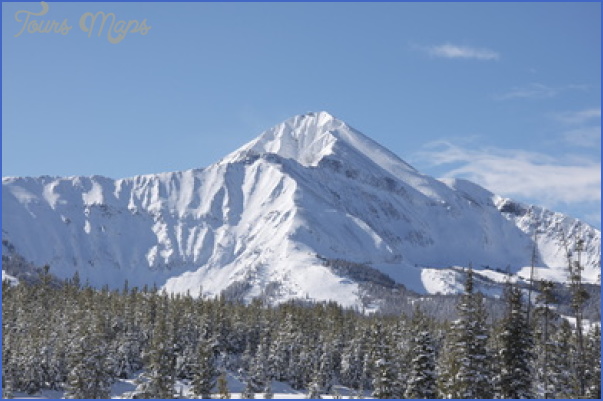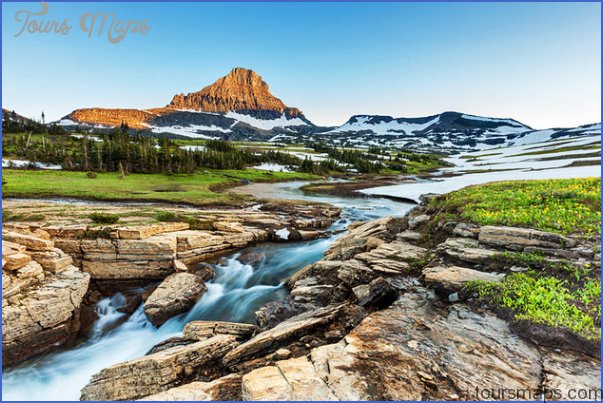Montana is littered with ghost towns from its mining days, but in the competition for most visited and best preserved, two emerge: Bannack near Dillon and Garnet Ghost Town in the Garnet Range east of Missoula. Bannack lives on as a state park; Garnet survives after three boom-and-bust eras, thanks to the Garnet Preservation Association in Missoula.
Garnet, named for brown garnets found in the mountain range of the same name, first flickered to life when gold was discovered in the area during the Civil War. At one point, nearly 5,000 people lived in the region, but most were gone within three years when gold prices plummeted. The area was reinvigorated in the late 1800s and eventually had four hotels, a school, doctor’s office, stores, and thirteen saloons serving 1,000 residents. Within a decade, though, the gold again played out. The town fell into disrepair and many buildings were destroyed by a 1912 fire.
A rise in gold prices during The Great Depression brought prospectors back in 1932, but then came World War II and the need for miners to enlist in the military. Garnet has been a ghost town ever since, having produced about $18 million in gold (at today’s prices). For a time, it appeared harsh winters and souvenir hunters would render Garnet a footnote in history, but in the early 1970s the federal government decided the remaining buildings were too valuable as a cultural treasure to be lost. Since then, the Bureau of Land Management and the Garnet Preservation Association have ensured the town’s future as the Garnet Historic District.
Just getting to Garnet is an adventure, whether you’re coming from the Blackfoot Valley or over what was once known as China Grade from the Bearmouth area along the Clark Fork River. From MT 200, the first 3 miles are paved, but after that, the road twists and turns on gravel while rising more than 2,000 feet into the Garnets. You’ll want to stop periodically and look over your shoulder at the Blackfoot Valley far below and spot the southern end of the Bob Marshall Wilderness to the north. In the winter, this becomes part of the 31.5-mile Garnet National Winter Recreation Trail System, with the road groomed for snowmobiles and crosscountry skiing. It’s especially popular among Missoula residents. Bear Gulch Road to Bearmouth is equally scenic and provides a glimpse into just how difficult it was to get mining equipment to Garnet. Authors’ note: We are especially fond of Bear Gulch and Garnet, given that it’s where we saw our first bear in the wild in Montana.
Just down the road from Greenough is the arrival of the appropriately coined Clearwater River, which drains the glacial region around Seeley Lake. A gas station, convenience store, and tavern mark Clearwater Junction, while MT 83 veers north past a string of shimmering lakes through the lonely Swan Valley toward Bigfork. On the northside of MT 200 here is the 77,000-acre Blackfoot-Clearwater Wildlife Management Area (406-542-5542), which was created to provide prime winter range for an impressive elk herd but also is known to have grizzly bears and wolves.
After Clearwater Junction, the valley broadens and the Blackfoot River comes and goes as MT 200 points east toward the little oasis of Ovando (pop. 50). To the south beyond the invisible Blackfoot are the Garnet Mountains, where remnants of an intense logging history are visible, and to the north is the yawning mouth of Monture Creek, which offers a peek into some of Montana’s wildest country in the form of the Swan Mountains and Scapegoat Wilderness. It is along Montour Creek where you’ll find the largest concentration of grizzly bears on private lands in the lower 48. It is beautiful country for hiking, but always always! take bear spray.
Ovando packs a tremendous punch for such a tiny community. The Ovando-Helmville Road takes you a half-mile off the highway into a small cluster of inviting buildings, including the stately century-old Ovando Inn, the Blackfoot Angler fly shop, pottery and bead shops, and headquarters for The Blackfoot Challenge, where anybody who happens to be hanging around the office will passionately offer a brief tutorial. The Stray Bullet Cafe, owned by a fifth-generation Blackfoot Valley family, clearly is the nerve center of the upper Blackfoot and the place to go to understand what makes Blackfoot denizens tick. Trixi’s Antler Saloon and Family Diner, named for a female trick-roper who bought it in the 1950s, is a fine place to sit on tractor-seat stools and nurse a cold one after a day of fishing the Blackfoot.
Past Ovando, the valley gradually begins to narrow. The road bends past Copenhaver Park, crosses the North Fork Blackfoot River, and arrives at the junction of MT 141 to Helmville (pop. 369), the sled dog racing capital of Montana, thanks in large part to prodigious snowfall. Four-time Iditarod champion Doug Swingley lives near here, as does fellow longtime musher John Barron. The annual 300- and 100-mile Montana Race to the Sky, dubbed the Iditarod of the Lower 48, starts in Lincoln and passes north of here through Seeley Lake en route to the turnaround at Owl Creek.
After following the Blackfoot’s serpentine course, MT 200 begins to climb noticeably after its meeting with MT 141. Before long, you’re amid towering ponderosa pines and entering Lincoln (pop. 1,100) at the eastern terminus of the Blackfoot Valley. It’s easy to see why The Unabomber wanted to hole up here, given the wild mountain surroundings in every direction. Lincoln is named for a nearby gulch where gold was discovered at a time when the White House had a somewhat famous occupant attempting to end slavery. Only a cemetery remains from the original community. Today, Lincoln serves as a hub for summer and winter recreation, much of it motorized. To safely appreciate the sheer size and power of a grizzly bear, stop by the Lincoln Ranger Station to admire a stuffed but life-like giant that once roamed the vicinity.
THINGS TO DO IN MONTANA Photo Gallery
Maybe You Like Them Too
- The Best Cities To Visit in The World
- World’s 10 Best Places To Visit
- Coolest Countries in the World to Visit
- Travel to Santorini, Greece
- Map of Barbados – Holiday in Barbados

